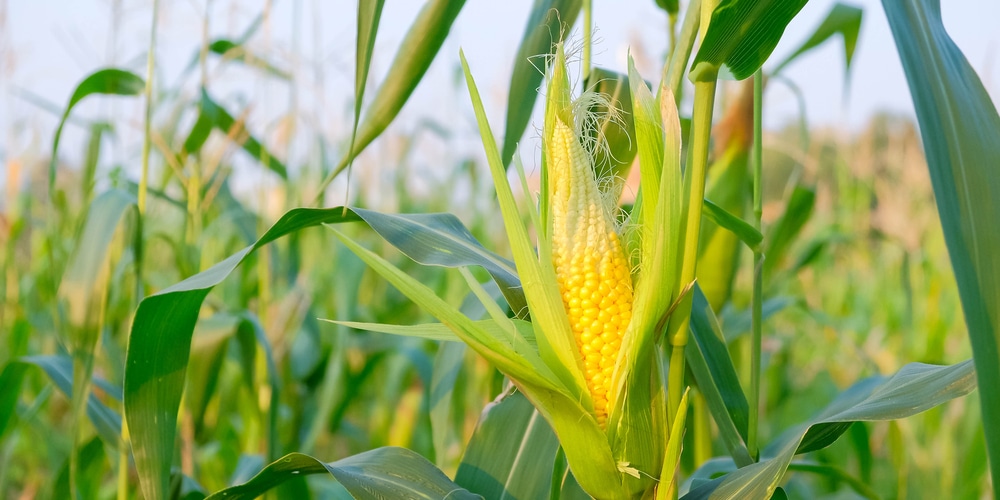Thinking of growing corn in Washington and need to know when to plant it? You’re in luck. The question ‘when to plant corn in Washington state?’ depends on where you live, or the growing zone you’re in.
Typically, you will need to wait until the climate and ground has warmed up to 60 degrees F, which is typically in mid-April to May.
When to Plant Corn in Washington State
The first thing you should know about corn seeds is that they won’t germinate until their environment is hot enough. It’s a warm season plant that typically grows in spring and summer, after all.
Corn is considered a summer vegetable, which means it can be planted in Washington as early as mid-April in the eastern regions and late April to May in the western part of the state. You must wait until all risk of frost has passed to have a chance at germinating the seed and growing it to harvest.
Most gardeners will also wait until the season is warm enough and has an average temperature of 60 degrees F, or 15 degrees C. The seeds will have been wasted and won’t grow if you put them on the ground and it’s still cold.
It’s also worth noting that corn takes a long time to grow, so if you don’t have the patience you can opt for a short-season variety. Depending on your zone you may experience a shorter growing period, and if you’re late in the planting period then a short-season variety should suffice.
How to Plant Corn in Washington
You can start planting corn in Washington once the soil and weather are warm enough. It’s important to map out the area where your corn crop will be planted to avoid unwanted problems.
Planting indoors is not recommended- you should plant corn outside once the cold season has passed. After preparing the site, dig up the soil and add some compost or aged manure to increase the medium’s fertility. Corn are picky about the nutrients they get, as well as watering so you’ll have to pay close attention.
Sow the seeds 6 inches apart and about an inch or two deep, with row spacing about 36 inches apart. Aside from compost you can also fertilize with a 10-10-10 solution, then water them in well and wait for germination to start.
If the conditions are right then you’ll soon have seedlings in the ground. Corn plants love getting as much warmth and sunlight as they could, which means you should pick a location that gets full sun all day.
Plant them in a well-draining soil that can hold moisture consistently so they can get fed. You may need to amend your soil if its clay like.
How to Grow Corn in Washington State
Once your plants reach about 4 inches tall you can thin the seedlings. Choose the fastest-growing and healthiest specimen and remove the rest. You should still observe spacing of around 10 inches apart so they won’t compete for resources, space and sunlight.
Corn loves regular watering, so make sure you do it on a schedule. To retain moisture you can apply a layer of mulch around the plant. It’s worth noting that corn can easily get stressed if it’s hot or when there’s a drought.
When your plants reach 8 to 10 inches tall you can apply a nitrogen fertilizer to encourage greater growth, and again at 18 inches. For spaces that get high winds, you can mound organic soil around the base to keep it steady.
Corn plants love to get full sun and regular watering. Take care of this and you’ll have a higher chance of getting them to maturity. Also, you should watch out for pests and common problems and remove them as soon as possible.
Some of the pests that bother corn include earwigs, downy mildew, cutworms, mites and corn aphids. You can remedy this by using organic or natural pesticides or by hosing down the plants once in a while to dislodge the insects.
Pruning is not necessary, but regularly removing weeds is. You can use a hoe but be careful about damaging the corn plant’s shallow roots. Alternatively, you can apply thick mulch to prevent weeds from growing and keep the moisture locked in.
Related Article: What Planting Zone is Washington State in?


